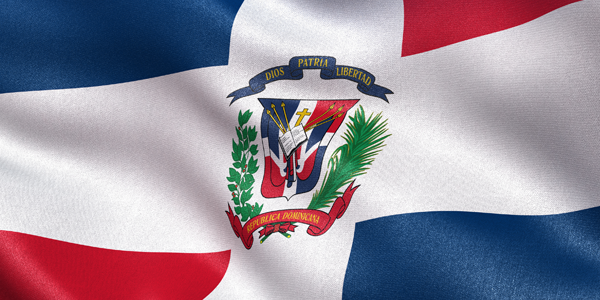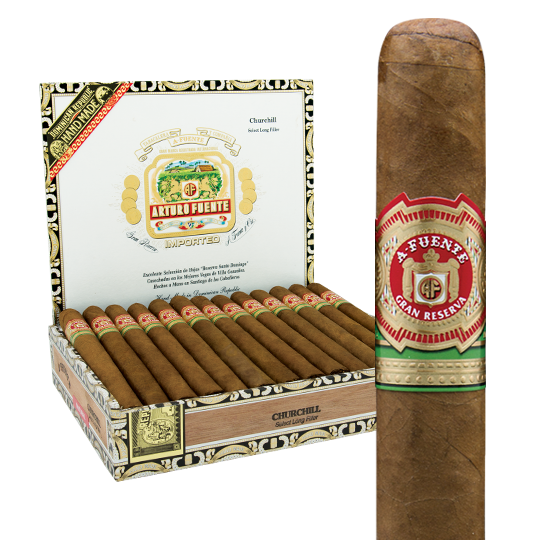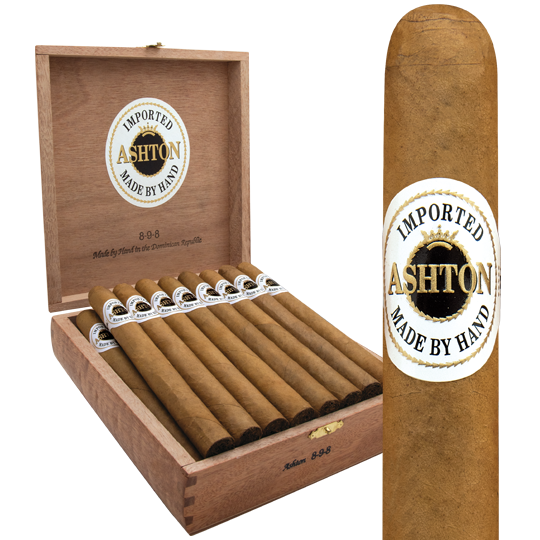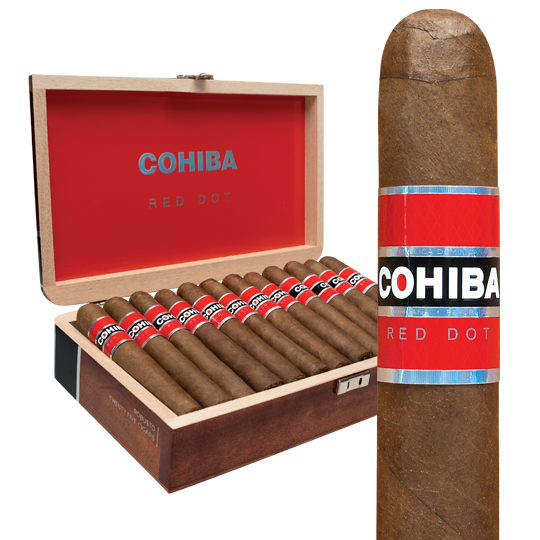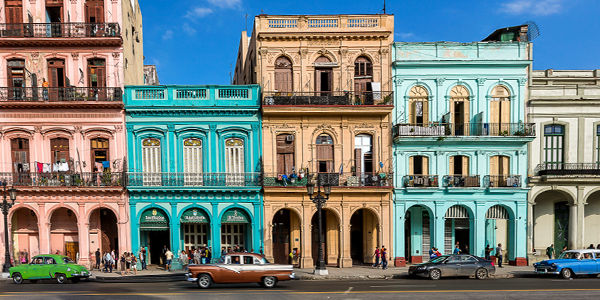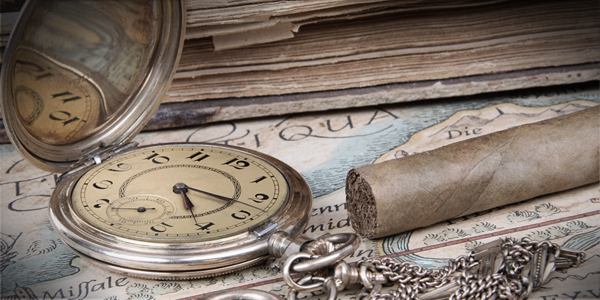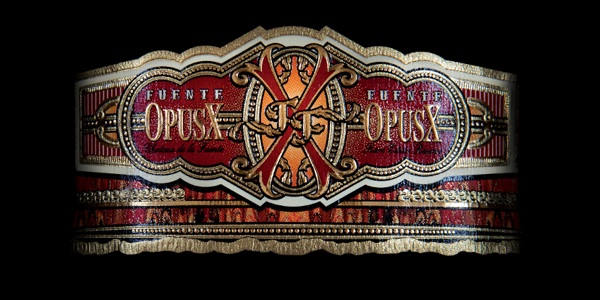A History of Cigars in the Dominican Republic
As we’ve discussed many times, it’s generally agreed that the smoking of cigars similar to the style we enjoy today has roots in the 10th century AD in the Americas. There’s even a reasonable argument that Columbus ‘discovered’ tobacco in the Dominican Republic (DR) rather than Cuba. Regardless of its ancient beginnings, tobacco in the DR became a significant agricultural product in the mid-1700s when immigrants from the Canary Islands settled in the rich farmlands of the Cibao Valley – the principal tobacco-growing area to this day near Santiago – and renewed the importation of slaves. Tobacco required less land than cattle and there was a market for the product among the elites of Santo Domingo, the DR’s capital. Tobacco in those days was grown on small farms. Traders passing through would transport the crops to port cities from where the tobacco made its way to Europe, mainly Germany.
Tobacco as a Bailout
Tobacco was also at the center of a rebellion in the mid-1850s. Then-president Buenaventura Baez printed 18-million pesos during a dire economic period in the DR. He used the currency to purchase the island’s tobacco crop and sell it abroad for hard cash. The tobacco growers of the Cibao Valley were ruined after inflation ran rampant. They rebelled and tossed Baez from office.
The Oldest Dominican Brand
The DR’s tobacco industry got a boost in 1903 when an 18-year old member of a tobacco-growing family decided to open a cigar factory. Eduardo León Jimenes opened La Aurora in Guazumal, near Santiago. He dreamed of creating a global cigar brand. León, which means “lion” in Spanish and is the company symbol, began with only six rollers who made a Double Figurado, known today as La Aurora Preferido or Edición 1903, a Perfecto shape. In 1912, Eduardo and his brother moved the factory to Santiago. The La Aurora brand is a home-grown brand and remained a domestic cigar, not yet fulfilling Eduardo’s dream. La Aurora survived dictatorships and hard economic challenges and has now become a diverse company. Its portfolio includes the brewery that produces Presidente beer. Today, the La Aurora brand is sold in more than 60 countries.
Influence of the Cuban Embargo
Trouble in a neighboring country led to the next big development in Dominican tobacco and cigar production. The 1959 Cuban revolution nationalized the island’s tobacco industry and sent its best growers and manufacturers to nearby countries. Historians credit Carlos Toraño, Sr., as among the Cuban exiles who introduced ‘Piloto Cubano’ seed to the DR. The name on the Toraño Exodus line of cigars, including the Toraño Exodus Gold 20th Anniversary, commemorates the family’s departure from Cuba.
“When my dad went to the Dominican Republic,” Carlos Toraño told Cigar Aficionado, “he knew in his heart that the soil in the Dominican Republic was very similar to the conditions in Cuba.”
The subsequent U.S. embargo of Cuban goods further propelled the expansion of cigar tobacco growing and cigar manufacturing in the DR. The prime tobacco-growing lands can be found on the outskirts of the city of Santiago, in the north-central part of the country, and into Esperance, about 25 miles northwest. The very wide Yaque River flows through this valley, a valley within the larger Cibao Valley, bordered by two mountain ranges. The better tobacco is said to come from close to the foot of the northern range, the Cordillerra Septentrional. The soil is considered richer. The micro-climate there is known for afternoon breezes that cool off the day.
Stability in the DR
One of the attractions of the DR has been its relative political stability since the 1965 civil war. The US and the Organization of American States sent troops in an effort to end the conflict. The Castro revolution was still fresh in everyone’s mind. Since then, the DR’s economy has struggled, as has every developing country, but ranks in the middle among nations in terms of development. The DR has the ninth largest economy in Latin America. Tobacco remains one of the nation’s principal agricultural products and exports.
Today's Biggest Brands
The DR is home for many of the world’s best cigar-makers. Davidoff has its offices in Santiago where it offers a great factory tour and also one of its tobacco fields. One of the principal towns in the valley for tobacco growing and cigar-making is Villa Gonzáles. Avo and La Gloria Cubana, among others, are made there in small factories. Partagas, Romeo y Julieta and Montecristo, and many more, are all non-Cuban versions made in the DR, making it the preeminent cigar-producing nation.
The A. Fuente Company settled in the DR after fleeing the Sandinista revolution in the 1970s. The creation in 1995 of the Fuente Fuente Opus X, with its shade-grown wrapper, made clear the possibilities for the DR to produce a Puro, a cigar made entirely from Dominican-grown tobacco. Dominican tobacco had principally served as filler. Fuente, like other companies, uses tobacco from all over the world to make beautifully blended cigars, but because they are rolled in the DR, they are considered Dominican. Ashton cigars are also made in the DR. The non-Cuban Cohiba began in the DR. Ernesto Perez-Carrillo’s E.P. Carrillo Encore Majestic, Cigar Aficionado’s ‘Cigar of the Year’ for 2018, is a Dominican cigar made entirely of Nicaraguan tobacco. Confusing, huh? Don’t worry about it. Just enjoy.

